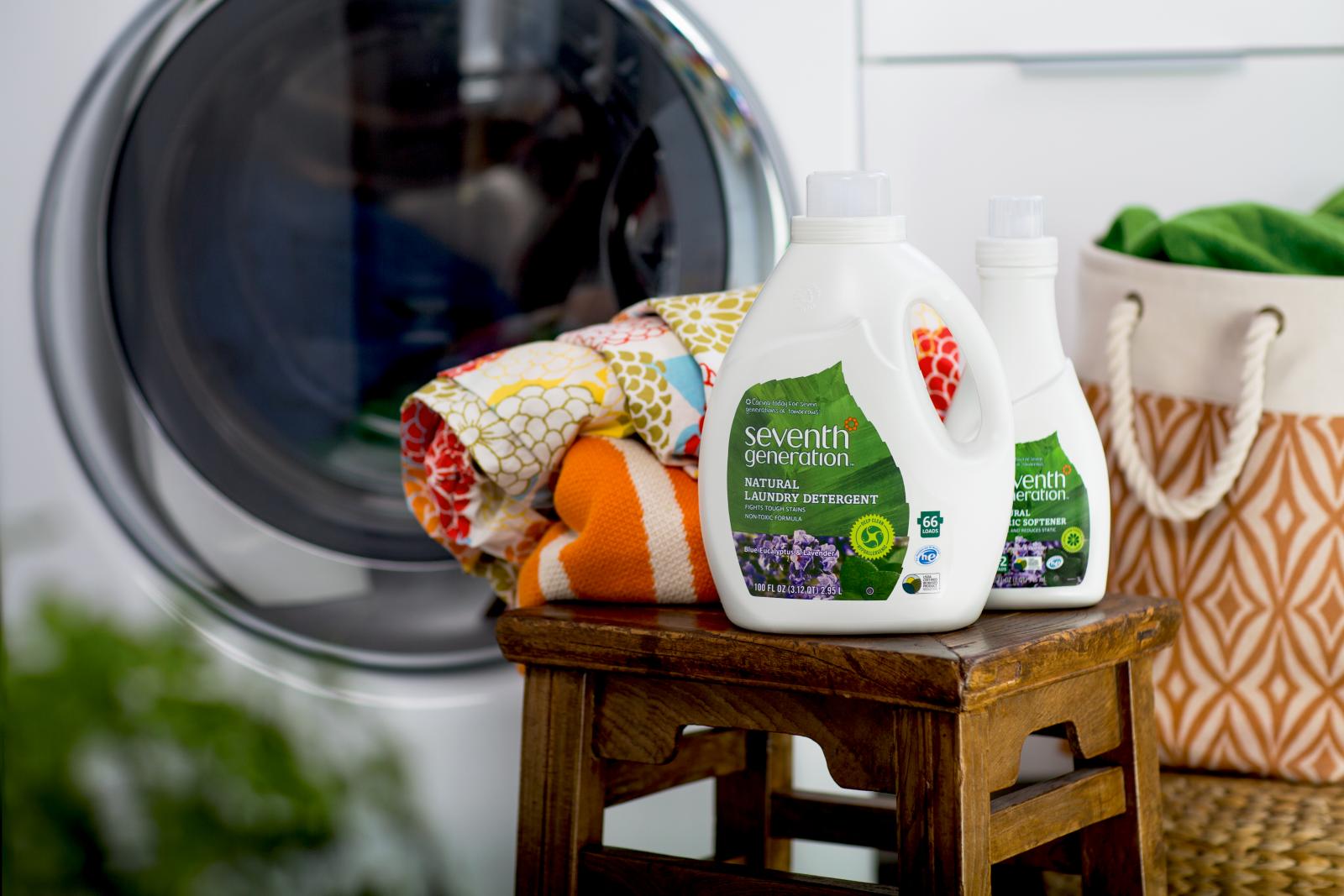Greywater systems continue to grow in popularity across the US and beyond. Haven’t heard of them? Greywater is gently-used water from bathroom sinks, showers, tubs and washing machines – and is a safe source of irrigation water in your yard and garden. While there are no standard requirements for greywater-safe products here in the US, Australia has a strict standard for assessing products for greywater compatibility. This evaluation looks at the amount of salt, phosphate, boron, and chloride in the wash water, as well as the pH of the wash water (e.g is it acidic, alkaline or neutral). If you’re thinking of switching to a greywater system, follow some basic do’s and don’s to help keep your house – and water source – clean:
Do:
• Look for products that meet greywater-system requirements.
• Apply greywater directly to the soil – not through a sprinkler or any method that would allow contact with above-ground portion of the plants.
• Know the irrigation needs of the individual plants in your space.
• Keep your system simple! Avoid complicated pumps and filters that require frequent maintenance.
Don’t:
• Install a greywater system without checking the laws in your area and obtaining necessary permits.
• Clean clothes, dishes, sinks, and tubs with cleaning products you know are not going to break down safely into the environment.
• Use greywater on seedlings or young plants.
• Apply greywater to areas where runoff is likely. While safe for use in yards, when released into rivers, lakes, or estuaries, greywater nutrients can become pollutants.
Have a greywater system in place? We’re got you covered! Seventh Generation laundry detergents, hand dish, and auto dish products are made with greywater systems in mind, meeting all Australian standards and requirements.


